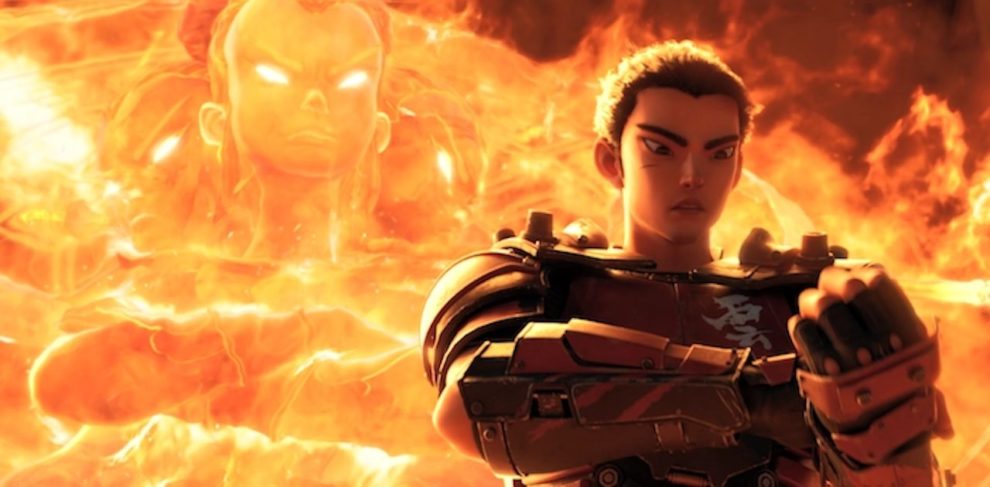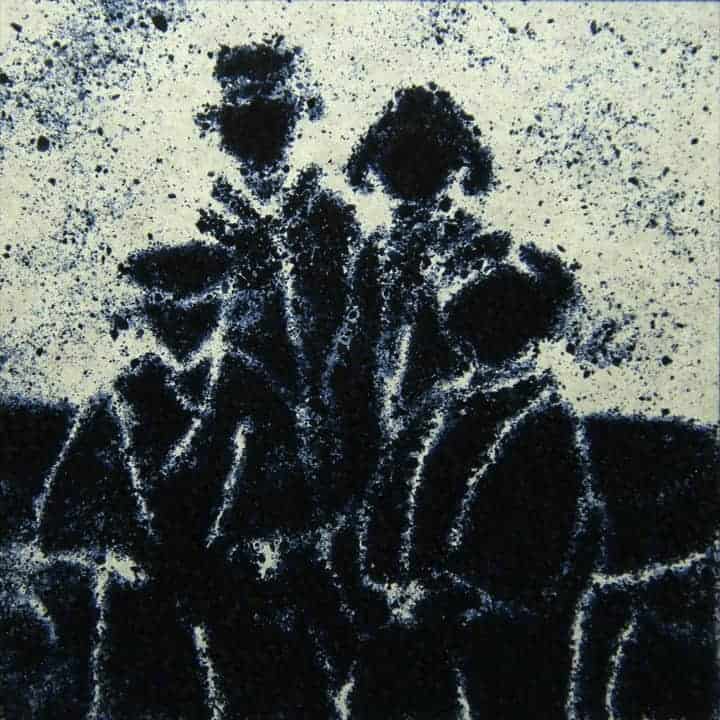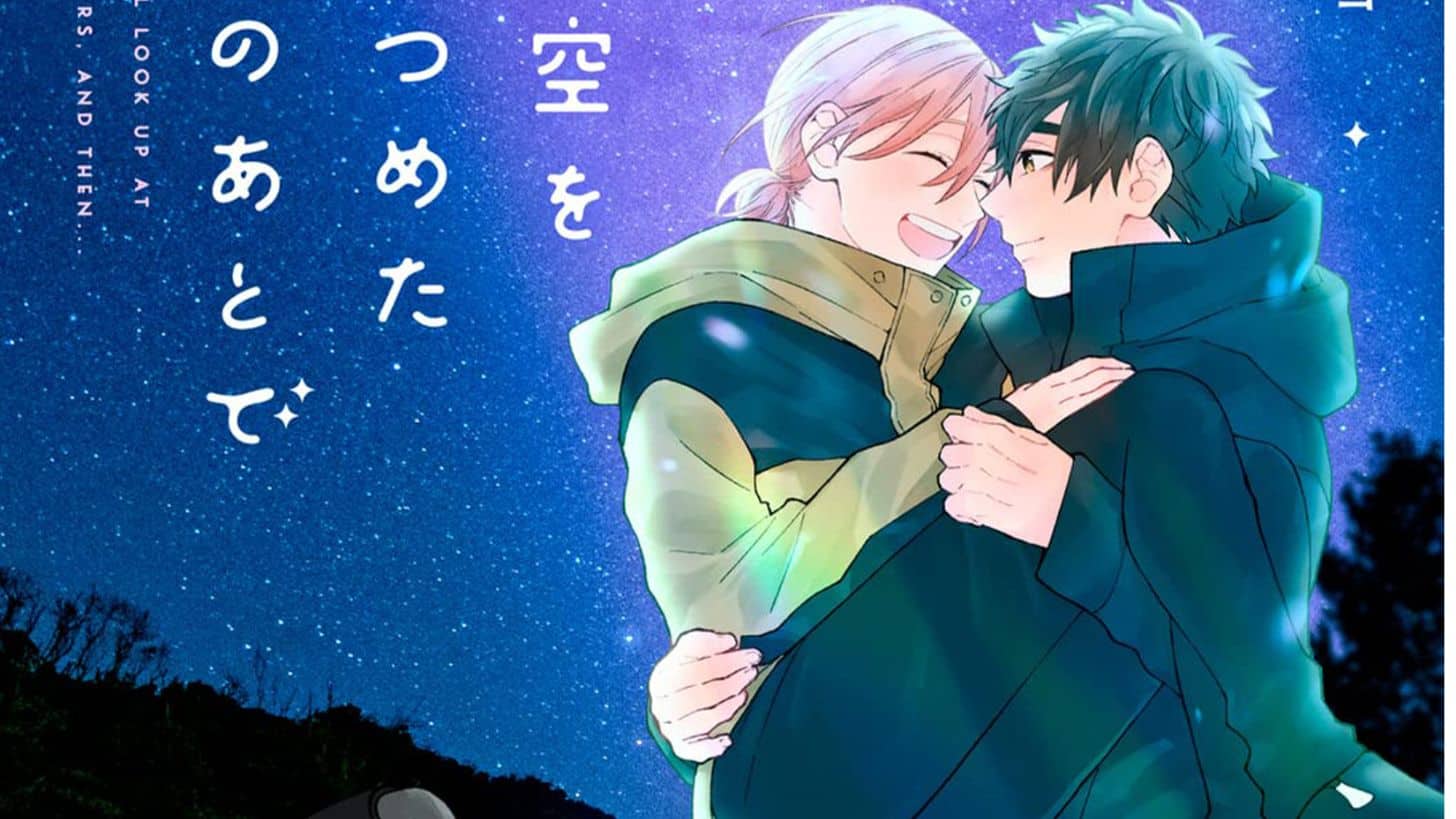Some say he's a demon. Others say he's a trickster. Still others say he's a hero. Ne-zha — a conflicted figure of Ming legend — lives again in Chinese animation, reincarnating into different forms each time. His first debut in Chinese animation came with Shanghai Animation's exquisitely drawn “Nezha Conquers the Dragon King” (1979). Here, the lotus-born warrior is elegant and self-sacrificial; each valorous feat may be misinterpreted, but is noble to the end. Forty years later, the more recent Chinese blockbuster hit “Ne Zha” (2019) recalls a similarly sympathetic spin. The divine infant regularly terrorizes the citizens of Chentang Pass, but ultimately saves them out of the goodness of his heart. Now, Ji Zhao's “New Gods: Nezha Reborn” (2021) tells a tale of the god's rebirth in the early 20th century. Ne-zha the person is no more; instead, Ne-zha the consciousness pervades.
In “New Gods,” Ji Zhao constructs a steampunk, “Mad Max”-esque version of 1920s Shanghai. Here in the fictional city of Donghai, a drought plagues the land. The mafia-like De Clan controls every drop of water; in due turn, they are free to do whatever they please. To Li Yunxiang (Yang Tianxiang), however, the De Clan feels so far removed from his own life in Donghai's slums… until one day, De Clan heir, Ao Bing (King Zhenhe), takes it too far. Yunxiang's simple act of defiance snowballs into an epic battle of heroes and demons, leading each character in a fight against their reincarnated fate.
Though Ji Zhao's film revolves around the same cast and tensions, it should not be seen as a sequel to its 2019 predecessor. While the two projects began around the same time, they are developed by entirely different studios; indeed, even their conceptualizations of Ne-zha completely deviate from one another. For one, Ji Zhao's vision of “New Gods” ramps up the classical Chinese setting with its own Art Deco flourish. The creative direction here is laudable. Excruciating detail can be seen in the techno-Buddhist set designs and Taoist-steampunk weaponry. Landscapes even echo those found in arcade racing games, only adding to the film's exposition of desert motor racing.
The film's quick pacing marks both its excitement and its downfall too. Defined mostly by a montage of quick cuts and “Matrix”-like slo-mos, the animations's plethora of fight scenes make the 110 minutes fly by. For as much content as “New Gods” tries to cram in, however, there seems to be little room for explanation. Unlike the other origin retellings, “New Gods” assumes the viewer's familiarity with Ne-zha lore; as a result, Ji Zhao's film is more bent on augmenting the story than actually telling it. The flurry of monsters, explosions, and constant betrayal detracts from the viewer's own intimacy with the film. There is no room to breathe, let alone get familiar with the characters fighting on-screen.
The cookie-cutter character design only adds to the sense of apathy. While certain characters are delightfully fleshed out — the Masked Monkey, for example, clearly shows a lovelorn character rig and design — the main characters simply look boring. Ao Bing and Yunxiang alike maintain relatively similar builds and K-Pop facial designs; the main women, Kasha and Su Junchu, can only be differentiated by their hairstyle and eye color. The image of perfection severely limits their range of emotional expression, making any cartoon-like deviation abnormal. Hence, when various characters fall victim left and right, there is no clear line of empathy. Though Ji Zhao forces the camera to linger upon moments of tragedy, it is to no avail. The characters simply aren't relatable enough in time or design, making each death feel more like a drag than a tearjerker.
It's evident, then, that Ji Zhao's studio team suffers from an imbalance. The exploratory world-building is superb; each background design reveals layers of laborious detail. The animation team too is similarly excellent. Aside from character design, the animation seems to find a neat balance between texture and movement, rendering the world with definition almost on-par with a live action film. However, the frenetic pace suspiciously cuts each animated detail short. This discloses poor writing and — more crucially — storyboarding ability. The film's convoluted nature becomes almost tiresome to keep up with, despite all of its invigorating possibilities.
“New Gods: Nezha Reborn” thus revolves more around the details than the big picture. Ji Zhao shows off more of his ability to innovate than he does to animate, and it shows. While the film could be confusing to a newcomer to the legend, its intricate world is a mind-tickling pleasure. For those who grew up with Ne-zha, “New Gods” certainly provides a refreshing take on the age-old story.
“New Gods: Nezha Reborn” is now available to view on Netflix.















